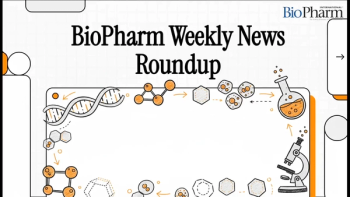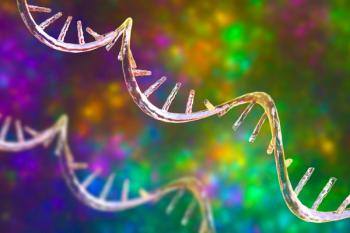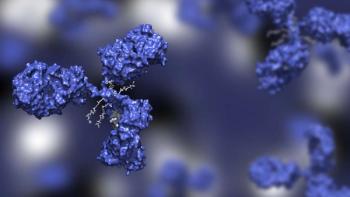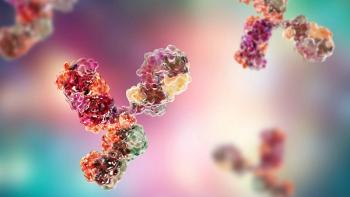
SAFC Develops First Chemically Defined Hydrolysate Replacement
SAFC Biosciences (St. Louis, MO) has developed a chemically defined cell culture supplement based on the characterization of hydrolysate components proven to provide cell growth and protein production capabilities equivalent to traditional undefined hydrolysate raw materials.
SAFC Biosciences (St. Louis, MO) has developed a chemically defined cell culture supplement as a replacement for undefined plant hydrolysates. The product, Ex-Cell CD Hydrolysate Fusion, is designed for biopharmaceutical cell culture processes using Chinese hamster ovary (CHO), NS0, and Sp2/0 cell lines.
Adding hydrolysates to some cell-culture processes can greatly enhance cell growth and productivity. Today, most hydrolysates used in biopharmaceutical production are derived from plants, such as soybeans and yeast. The difficulty in using them, however, lies in their variability.
“Unfortunately, hydrolysates by their nature are of variable composition, depending on the multitude of factors that influence the composition of biological materials like soybeans, compounded by variability in the hydrolysis process,” said Mike Ultee, PhD, vice president of process sciences for Laureate Pharma, a contract manufacturing organization in Princeton, NJ. “Their heterogeneity has resulted in lot-to-lot variability in their ability to enhance the growth and productivity of cell cultures.”
SAFC’s hydrolysate replacement is intended to resolve the variability problem. The company developed the product by characterizing and defining components within hydrolysates and developing a synthetically produced alternative. They say that the new supplement provides cell growth and protein production capabilities equivalent to traditional undefined hydrolysate raw materials, but with greater reproducibility and lower risk.
“Raw material understanding and characterization is a leading concern for biopharmaceutical manufacturers interested in mitigating risk,” said Bruce Lehr, marketing director for SAFC Biosciences, in a statement.
Ultee noted, however, that the responsiveness of different cell lines to hydrolysates or new chemically defined substitutes varies with one cell line to the next. “So the effect of addition of these materials to a culture needs to be determined for each cell line,” he said.
Newsletter
Stay at the forefront of biopharmaceutical innovation—subscribe to BioPharm International for expert insights on drug development, manufacturing, compliance, and more.





